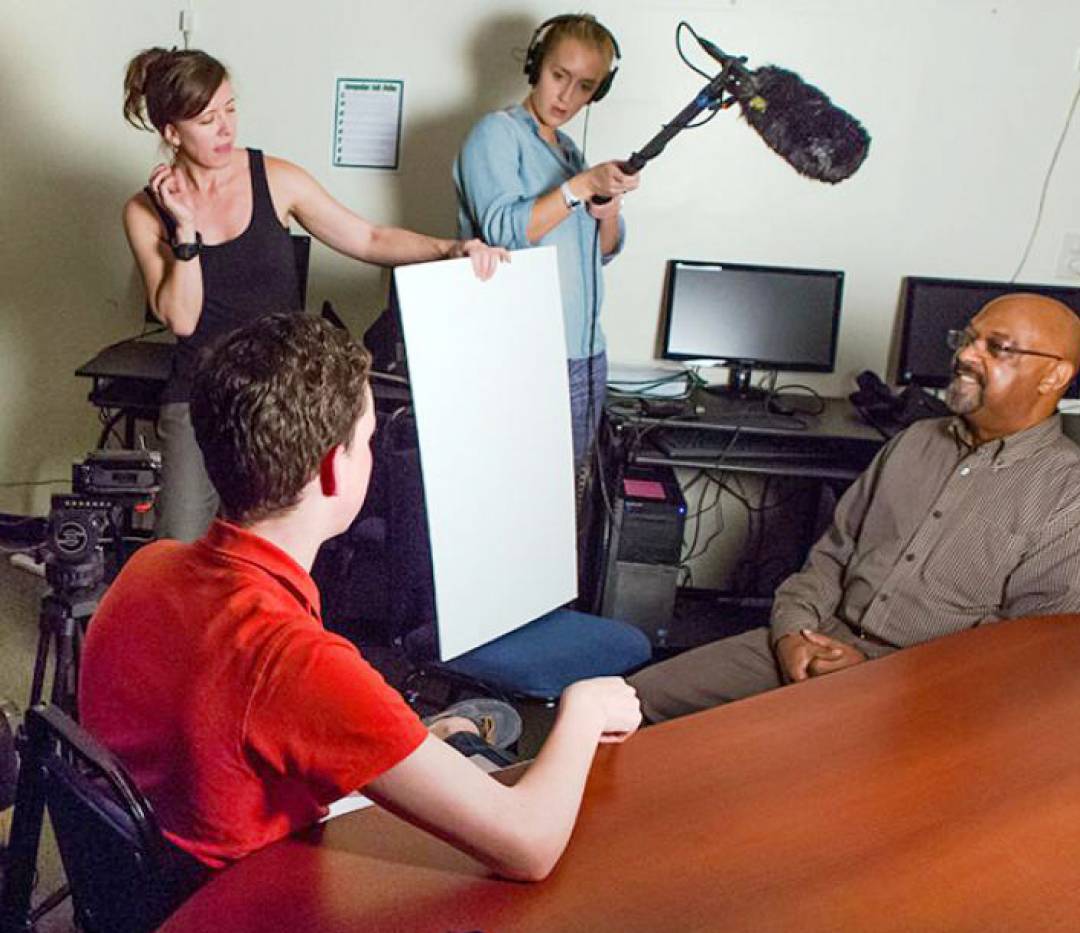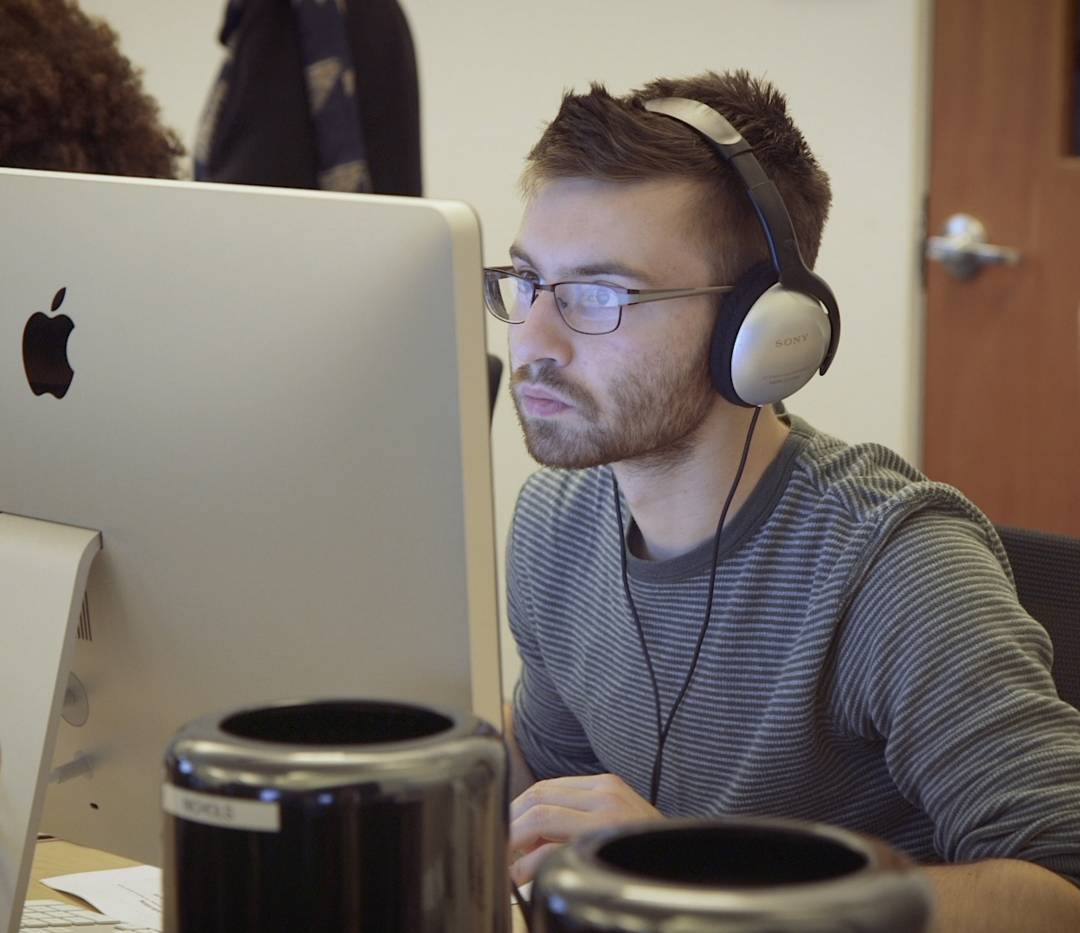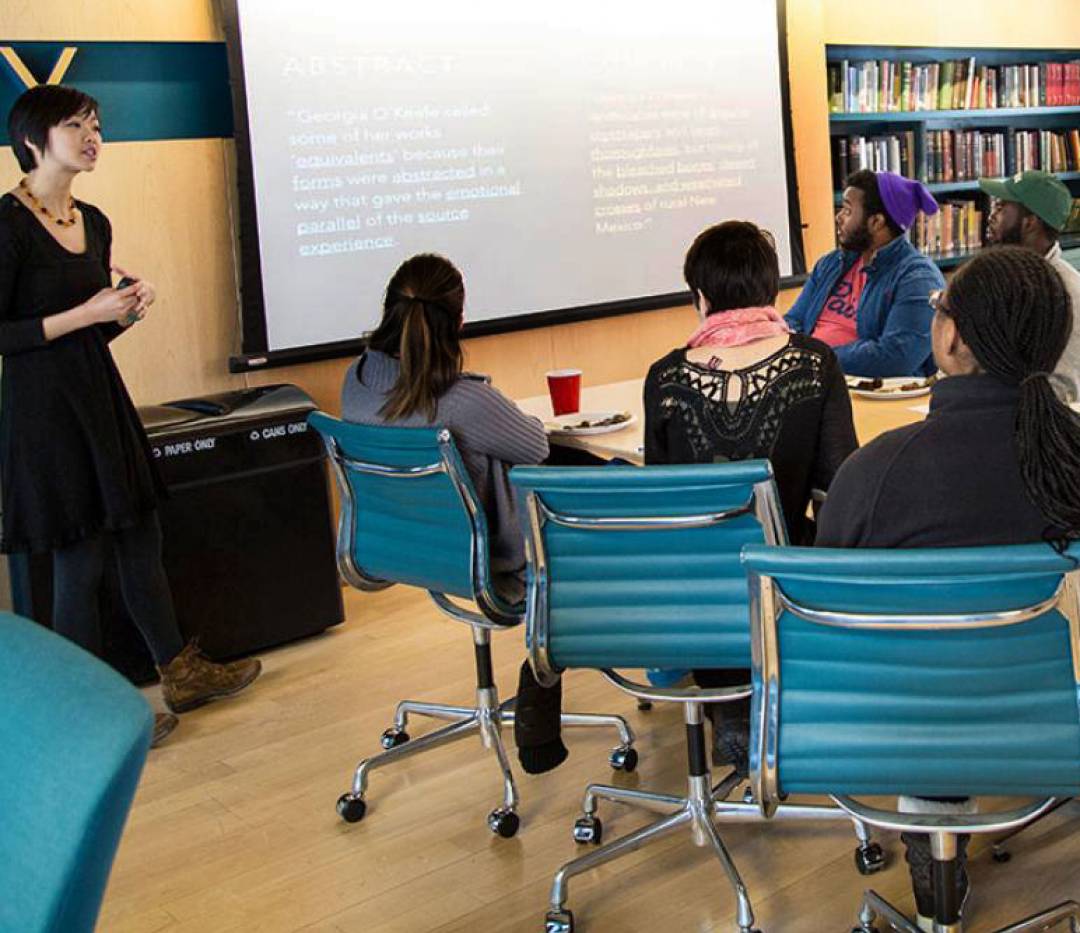There are so many opportunities to incorporate technology in the classroom to enhance how faculty teach and how students learn. It is not about employing technologies simply as bells and whistles. It requires thinking hard about what we want students to learn and how technology can help achieve that.
Rebecca Graves-Bayazitoglu
Office of International Programs


McGraw Center for Teaching and Learning
The McGraw Center is at the heart of efforts to integrate innovative educational technologies into the academic experience. The center encourages the exploration of new media and digital tools in and around the classroom to encourage active, collaborative and creative learning.

Princeton Online
The University’s initiative in online education benefits students on campus and around the world. We enable faculty to enrich their teaching to undergraduate and graduate students at Princeton, while sharing free course content with interested learners outside the University.
More than one million students have enrolled in the many free noncredit courses (or MOOCs) that Princeton faculty have offered online through the University’s partnerships with Coursera, edX, NovoEd and Kadenze.

Flipped Classrooms
In the course “A History of the World Since 1300,” the professor records his lectures online for students to watch at their own pace, freeing up class time for in-depth discussions and global history labs.
The class is one example of how some Princeton faculty use online tools and other multimedia resources to “flip” their classroom so students stay active and engaged with the material, and have more time for robust in-person interactions and collaborative projects.
The Council on Science and Technology
The Council on Science and Technology (CST) inspires and prepares all undergraduates, regardless of their majors, to become scientifically and technologically literate citizens and decision-makers. It supports intellectual exchange, course development, and interdisciplinary research and collaborations in science, technology, engineering and mathematics.


